Using Sources
It is important to use a wide range of sources such as pictures, artefacts, music and sights. Children will use these to build up their enquiry thought and processes and to build up their understanding of past.
Sort by:
Date (Newest first) | Title A-Z
Show:
All |
Articles |
Podcasts |
Multipage Articles
-

Records for a study of the life of Agricultural Labourers in Somerset in the mid 19th century
ArticleClick to view -

Refined, high-class and thrilling entertainment!
ArticleClick to view -
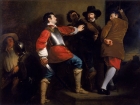
Resourcing primary history: How to avoid going for any old thing
ArticleClick to view -

School war memorials as the subject for enquiry-based learning
ArticleClick to view -
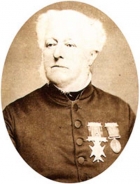
Shropshire's Secret Olympic History
ArticleClick to view -
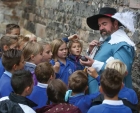
Siege coins of the English Civil War
ArticleClick to view -

Significant anniversaries: the infamous Beeching Report 1963
ArticleClick to view -
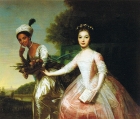
Slavery in Britain
ArticleClick to view -

So was everyone an ancient Egyptian?
ArticleClick to view -
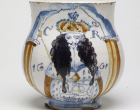
Sources for the Great Fire of London and its context
ArticleClick to view -
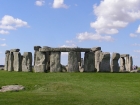
Stone Age to Iron Age - overview and depth
ArticleClick to view -
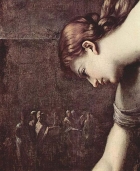
Story, myth and legend: The Story of Atalanta
ArticleClick to view -

Studying the Maya
ArticleClick to view -

Sutton Hoo - Classroom archaeology in the digital age
ArticleClick to view -

Teaching famous people at key stage one
ArticleClick to view -

Teaching history and geography together in a meaningful way
ArticleClick to view -
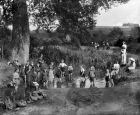
Teaching history through photographs in the internet and digital age
ArticleClick to view -
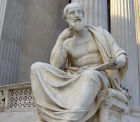
Teaching primary history through concepts
ArticleClick to view -
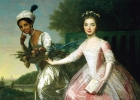
Teaching sensitive subjects: slavery and Britain’s role in the trade
ArticleClick to view -
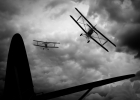
Teaching the First World War in the primary school
ArticleClick to view

